The 2019 Chevrolet Corvette ZR1 has just set a new average speed record of 173.004 mph (278.5 km/h, equivalent) over 118 miles (about 190 km) at the Big Bend Open Road Race (BBORR) in Texas. This result was achieved with extensive modifications for the top speed target, but the price was that the rear panel melted due to the heat from the exhaust system running at full load for a long time.
At the center of the story is the pair of John Anhalt and Kelli Hughes, who entered BBORR's top speed class in a heavily modified ZR1, hitting an indicated 213 mph (342.8 km/h, e.g.) on the straightaway and still maintaining around 190 mph (305.8 km/h, e.g.) in the final two 45-degree corners.
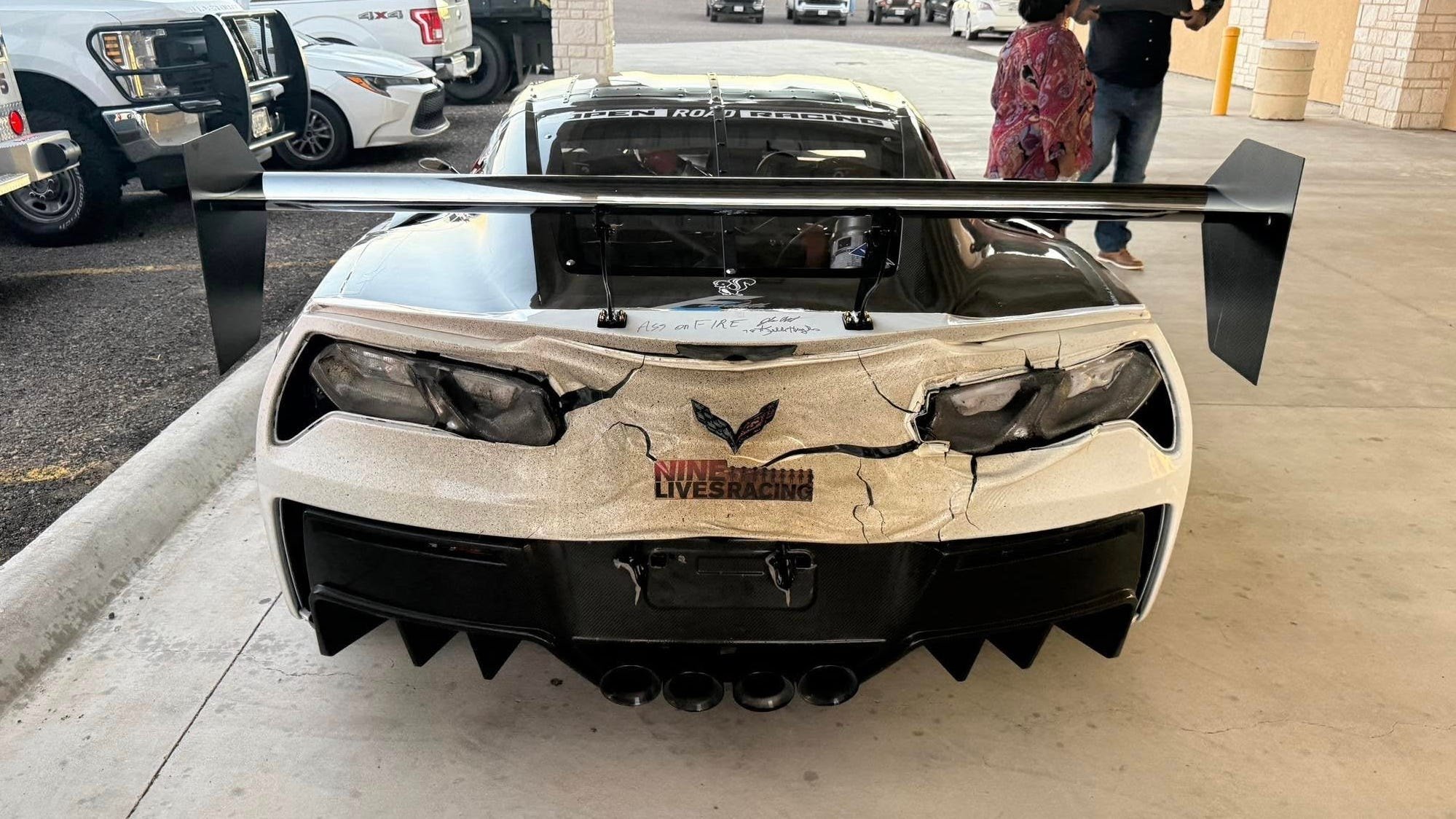
BBORR context and sustained rate pressure
BBORR is a two-way, 59-mile (95 km) back-to-back road race on Highway 285 between Fort Stockton and Sanderson, for a total of 118 miles; the results are averaged over the two runs. Notably, it’s not just a straight-line speed test: there are 60 turns in each direction, so very high-speed stability, powertrain durability, and aerodynamic efficiency are all put under great pressure.
In that context, the already potent ZR1, with its stock 755-hp 6.2-liter supercharged V8 and claimed top speed of 212 mph (341.2 km/h, converted), seemed like a suitable base. In fact, Corvettes are a common choice at BBORR; the previous record was held by a 2002 Corvette, which averaged 172.696 mph.
Car body design and high-speed air-heat problems
At super high speeds, the interaction between hot exhaust gases and the airflow around the rear body becomes a serious problem. This ZR1 uses Kooks headers and AWE straight exhaust pipes, without a muffler. This configuration significantly increases exhaust temperature and exhaust pressure while reducing mass, optimizing for speed. However, when running at full load continuously, a large amount of heat can accumulate around the tail. With the body’s natural aerodynamic changes in the low-pressure area at the rear, hot air can become trapped, increasing surface temperatures and causing deformation.
The difference between running at a peak speed for a short period of time and maintaining a super high speed for tens of minutes is the heat buildup. In this case, it is the heat buildup that “beats” the bodywork behind.
Cabin and driver experience on the 118-mile journey
The source didn’t give any details about the interior, but with the straight exhaust setup, the noise was unmistakable: teammate Kelli Hughes said her ears were still ringing after the race. Still, the coordination between the driver and navigator kept the speed at a steady high level through the 60 turns each way.
Performance: numbers and feel
To achieve the record, Anhalt says he “changed everything we could” from the original. The car got about a 30 percent power increase thanks to a larger throttle body, polished-ported heads, upgraded rockers, lifters, a modified supercharger, and related modifications. On the road, the needle touched 213 mph; at the end of the run, they went through two 45-degree corners at 190 mph.
Another challenge is fuel: at full throttle, the ZR1 can drain its tank in just 20 minutes, forcing the team to ease off the throttle at regular intervals to ensure it reaches the finish line without running out of gas. This shows that the performance equation is not just about instantaneous power, but also about managing heat and energy over the long haul.
| Category | Value |
|---|---|
| Original engine | 6.2-liter supercharged V8 |
| Original capacity | 755 hp |
| Maximum published speed | 212 mph (341.2 km/h, converted) |
| Average speed BBORR | 173.004 mph (278.5 km/h, equivalent) over 118 miles |
| Speed indicator on straight line | 213 mph (342.8 km/h, converted) |
| Speed through the last two 45 degree angles | 190 mph (305.8 km/h, equivalent) |
| Number of turns each way | 60 |
| Discharge configuration | Kooks Headers, AWE straight exhaust, no muffler |
| Capacity increase | About +30% compared to original (according to Anhalt) |
| Fuel consumption at idle | Drain the tank in about 20 minutes (depending on conditions) |
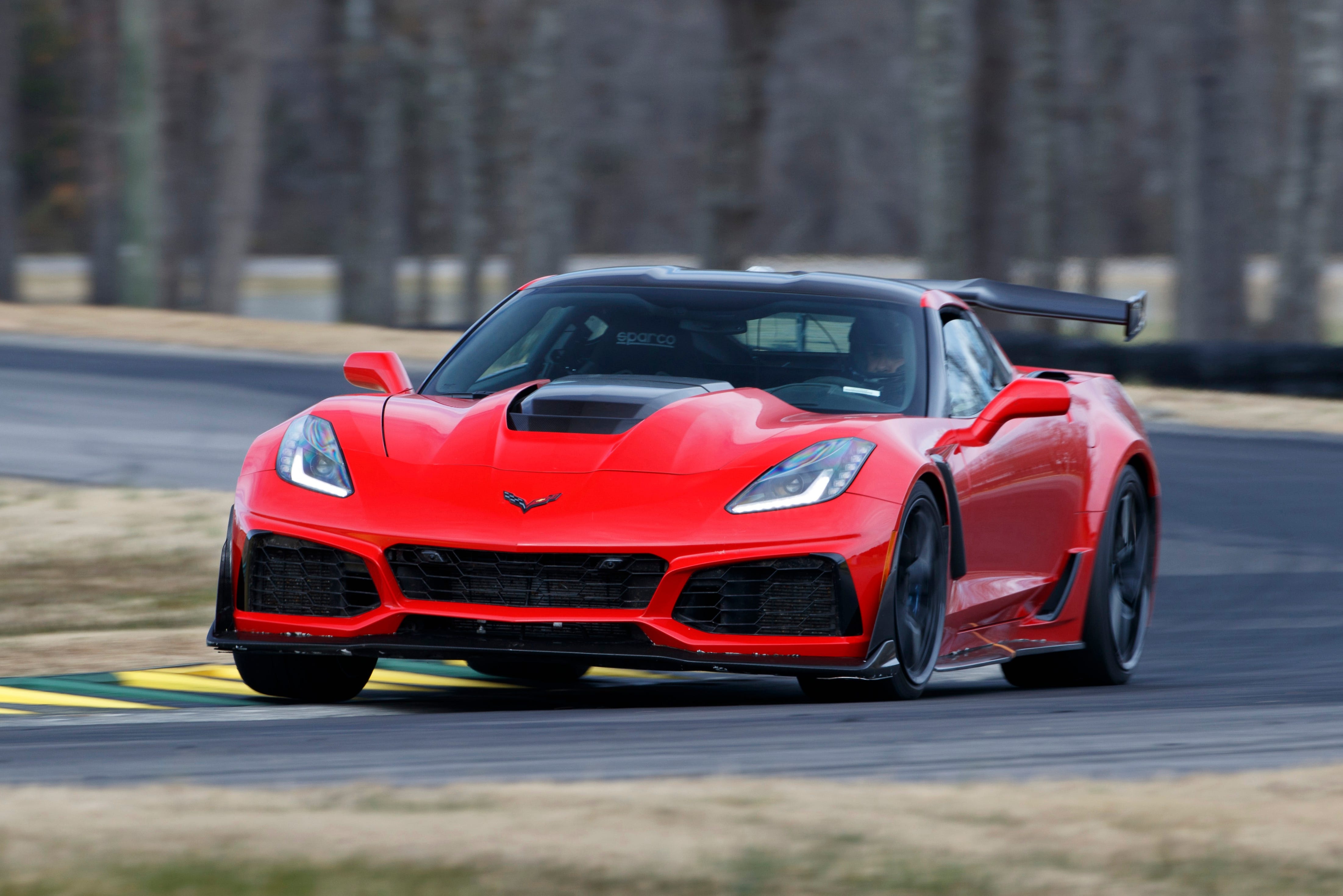
Safety and technology: when the exhaust decides the game
With headers and straight exhausts without mufflers, a huge increase in heat and sound is inevitable. Anhalt is identifying the technical cause of the melted tail panel to fix it before the BBORR event scheduled for April 2026. Possible solutions include redesigning the exhaust, adding heat shields, or adjusting the flow to reduce heat buildup around the rear body (technical analysis is speculative).
Value and positioning: collectible supercars step onto the racetrack
The C7-generation ZR1 is now a highly collectible car, with prices often exceeding $200,000 on the used car market. As a result, many owners rarely take their cars out of their garages. Anhalt’s case goes against that: he bought a nearly new one in 2020 and turned it into a record-breaking, high-speed road machine, showing that the ZR1 platform has the potential to compete in arenas that require sustained acceleration.
Quick Conclusion
- Pros: Strong and stable aerodynamic platform at very high speeds; approximately 30% increase in power for a record average of 173.004 mph; high-speed control through many corners.
- Limitations: Straight exhaust configuration without muffler creates a lot of heat, leading to deformation of the tail cover; extremely high fuel consumption when running at full throttle, forcing throttle management to complete the stage.
- Technical lesson: At high speeds, power optimization must go hand in hand with thermal and energy management; exhaust, heat shielding and airflow around the rear end are key to maintaining durability.
Source: https://baonghean.vn/chevrolet-corvette-zr1-2019-173-mph-duoi-xe-nong-chay-10308772.html




![[Photo] Prime Minister Pham Minh Chinh chairs meeting on railway projects](https://vphoto.vietnam.vn/thumb/1200x675/vietnam/resource/IMAGE/2025/10/23/1761206277171_dsc-9703-jpg.webp)
![[Photo] General Secretary To Lam and his wife begin their official visit to Bulgaria](https://vphoto.vietnam.vn/thumb/1200x675/vietnam/resource/IMAGE/2025/10/23/1761174468226_tbtpn5-jpg.webp)


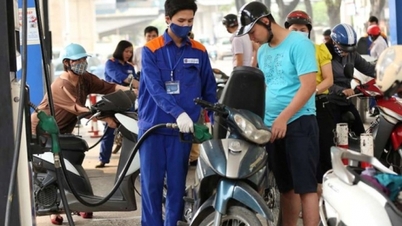



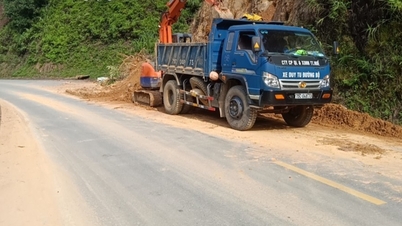

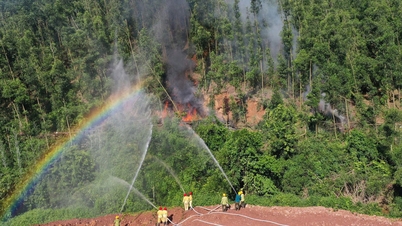









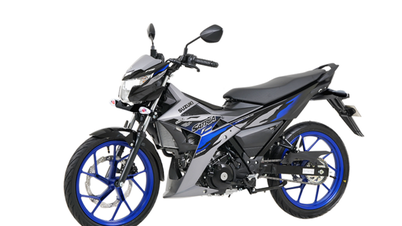




























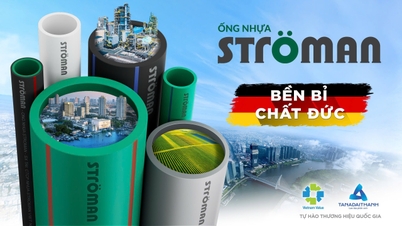


































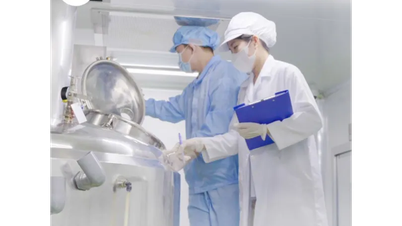



















Comment (0)